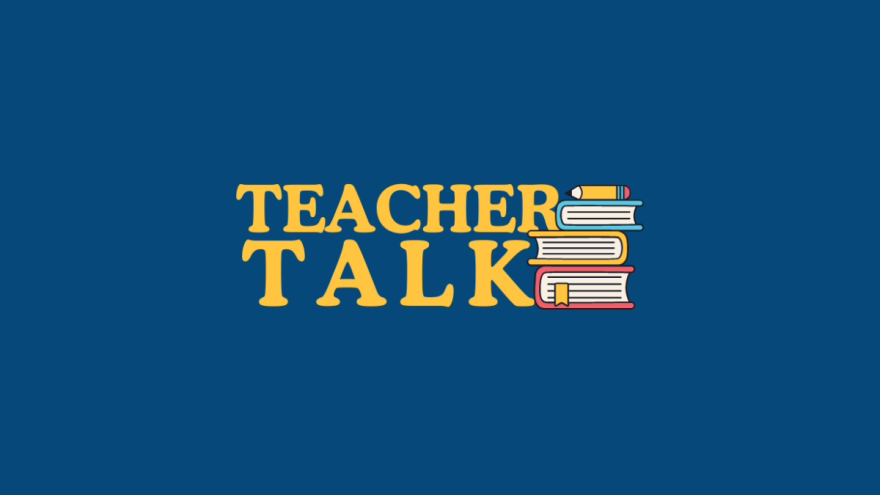‘Tis the season to be aware of stress. With the end of the semester and the holiday season, this time of year can be particularly stressful for teachers, administrators, and students.
K-12 educators have the highest burnout rate of all U.S. workers, according to Gallup, with 4 out of 10 reporting that they feel “always” or “very often” burned out at work. College and University employees have the second highest rate of burnout, at 35%, making educators the most burned out work sector in the nation. According to a RAND Corporation survey, teacher’s job-related stress stemmed from the pressures to make up lost instructional time from the pandemic, managing students’ misbehavior, staff shortages, supporting students with mental health and wellbeing, working too many hours, and low salary. Despite these stresses, the same survey found that teachers still find great joy and meaning in their work and that they did not want to leave the teaching profession.
Principals and administrators are also impacted. The RAND Corporation survey also found that 85% of principals experience frequent work related stress. Administrators cited staff shortages, supporting teachers, staff, and students mental health and wellbeing, lost instructional time due to the pandemic, and managing COVID-19 policies and mitigation strategies as their top sources for stress.
While not listed in the top job-related stressors, both administrators and educators stated in interviews that political tensions over what is taught in schools also contributes to workplace stress.
Unfortunately, students are also reporting higher levels of stress. An EducationWeekly article reported on a survey of middle school and high school students that found depression, anxiety, or stress was the biggest obstacle to learning for 50% of middle school students and 56% of high school students.
Stress in the U.S. is on the rise in all walks of life, but the gap between the education system and the rest of the workforce is widening. Additionally, people of color and LGTBQ+ teachers, administrators, and students are reporting higher levels of stress than their counterparts.
While there is plenty of advice and professional guidance on stress management, one key component is simply acknowledging the stress that the education system is experiencing. It can be tempting to continue to push through the signals of stress to finish a homework assignment or to finalize grades, but taking a few moments to address one’s own stress is far more effective.
Sending everyone in the school system a deep breath this season, and best wishes for the new year.


